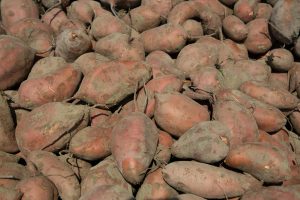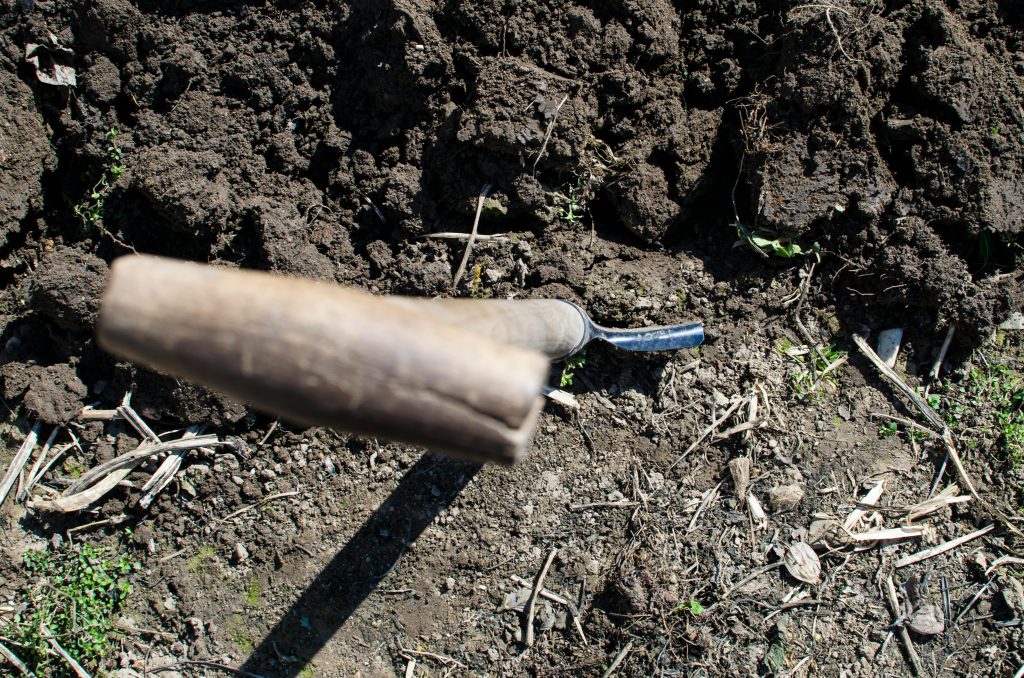
Gypsum for Root Crops: Preventing Cracking and Improving Shape
Root crops are among the most reliable and versatile vegetables grown in fall gardens. Carrots, beets, radishes, potatoes, and turnips are staples for both commercial

For growers aiming to maximize fruit production, bloom strength, and overall plant health, combining liquid fish fertilizer with 15.5-0-0 calcium nitrate is one of the most effective fertilization strategies available. This pairing brings together the organic, microbe-friendly benefits of fish-based nutrition and the targeted calcium and nitrate nitrogen boost from calcium nitrate.
Whether you’re growing tomatoes, peppers, leafy greens, or ornamental plants, learning how to use these two products in harmony can lead to larger harvests, stronger roots, and healthier soil.
Fish fertilizer contains organic nitrogen, phosphorus, potassium, and micronutrients—plus carbon-rich compounds that improve microbial life and soil texture. It feeds the soil as much as the plant.
Calcium nitrate provides:
Together, they offer a full-spectrum nutrition plan:
This combo is especially effective for:
Start using this combination when:
Step 1: Feed with Fish First
Use Liquid Fish Fertilizer at 1–2 oz per gallon of water.
This builds soil health and gives plants access to a wide array of nutrients and enzymes.
Step 2: Supplement with Calcium Nitrate
Apply 15.5-0-0 Calcium Nitrate 5–7 days after your fish feeding.
Staggering the applications avoids salt buildup and allows the plant to fully utilize both nutrient profiles.
Yes—if you’re in a time crunch, you can mix fish fertilizer and calcium nitrate together, but it’s best to:
Generally, applying them separately yields better results and less chance of waste or overfeeding.
| Week | Fertilizer | Notes |
|---|---|---|
| 1 | Fish fertilizer | Establish roots |
| 2 | Fish fertilizer | Continue vegetative growth |
| 3 | Calcium nitrate | First flower clusters |
| 4 | Fish + micronutrients | Feed soil and plant |
| 5 | Calcium nitrate | Increase fruit set |
| 6 | Alternate fish and calcium nitrate weekly | Maintain growth |
“My tomato yield doubled this season. I alternated fish emulsion and calcium nitrate every 10 days and didn’t lose a single fruit to blossom-end rot.”
“Fish fertilizer made my garden green again. Calcium nitrate gave me size and structure. I won’t grow without both.”
The team at Supply Solutions LLC can help you match feeding schedules to your crops, soil type, and climate for professional-grade results at home.

Root crops are among the most reliable and versatile vegetables grown in fall gardens. Carrots, beets, radishes, potatoes, and turnips are staples for both commercial

Pumpkins are a symbol of autumn. From carving jack-o’-lanterns for Halloween to baking pies for Thanksgiving, they dominate both markets and households throughout October and
Give us a call or visit our store, and we’ll help you find the right solution for your business.
© Supply Solutions LLC 2025